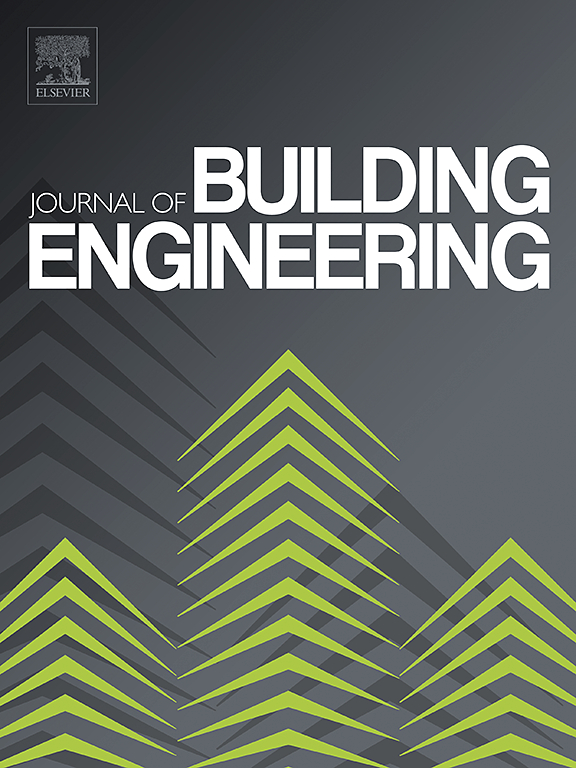Climate change impacts on future thermal energy demands and indoor comfort of a modular residential building across different climate zones
IF 6.7
2区 工程技术
Q1 CONSTRUCTION & BUILDING TECHNOLOGY
引用次数: 0
Abstract
The 2024 Moroccan census identified single-family houses as one of the most widespread building archetypes, making it necessary to study their future thermal energy demand and comfort conditions. Additionally, in the era of digitalization, modular construction is rapidly emerging as an efficient alternative to traditional on-site construction worldwide. Yet, a literature review reveals a significant gap in research addressing these aspects, particularly under future climate scenarios; worse still, most studies have focused on developed countries. To this end, this study assesses the climate change impact on the thermal energy requirements and indoor comfort conditions of a modular single-family home across the six climate zones of Morocco. The investigation considers both current climate conditions and future projections for the year 2050, based on two Representative Concentration Pathway (RCP) scenarios: RCPs 4.5 and 8.5. The findings suggest that Morocco will experience rising ambient temperatures due to global warming, leading to an increase in cooling demand by 25.5–44.3 % under RCP 4.5 and 37–54.5 % under RCP 8.5. Conversely, heating energy requirements are expected to decrease by 23.5–36 % under RCP 4.5 and by 30.6–48.9 % under RCP 8.5, with variations across the country's different climate zones. Furthermore, Overheat Hours (OHs) are projected to rise by 8.5–16.8 % under RCP 4.5 and by 11.5–20.5 % under RCP 8.5, compared to current climate conditions based on static comfort evaluation. When considering adaptive comfort evaluation, OHs are expected to increase by 8.1–22.7 % under RCP 4.5 and by 17.8–26.3 % under RCP 8.5. Interestingly, the simulation results reveal that natural ventilation remains an effective passive design strategy that reduces OHs under both present-day and future climate change conditions. Lastly, extreme heatwave events, projected to worsen under climate change, will cause daytime temperature increases of up to 2.7 °C and nighttime temperature rises of up to 3.4 °C. These events pose significant health risks by generating non-livable indoor temperatures that could persist for over three days in the investigated cities.
求助全文
约1分钟内获得全文
求助全文
来源期刊

Journal of building engineering
Engineering-Civil and Structural Engineering
CiteScore
10.00
自引率
12.50%
发文量
1901
审稿时长
35 days
期刊介绍:
The Journal of Building Engineering is an interdisciplinary journal that covers all aspects of science and technology concerned with the whole life cycle of the built environment; from the design phase through to construction, operation, performance, maintenance and its deterioration.
 求助内容:
求助内容: 应助结果提醒方式:
应助结果提醒方式:


